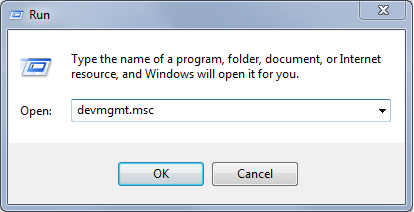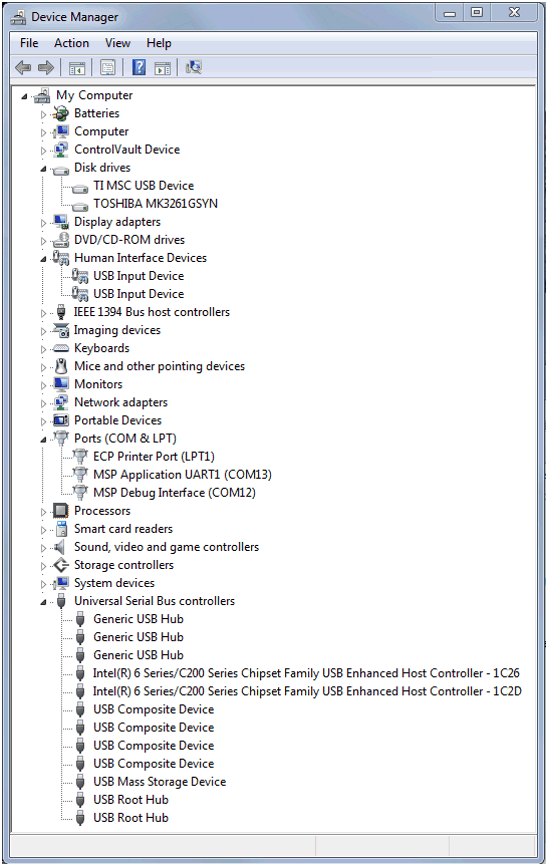SLAU533D September 2013 – April 2017
-
MSP430F5529 LaunchPad™ Development Kit (MSP‑EXP430F5529LP)
- Trademarks
- 1 Getting Started
- 2
Hardware
- 2.1 Block Diagram
- 2.2
Hardware Features
- 2.2.1 MSP430F5529
- 2.2.2 eZ-FET lite Onboard Emulator
- 2.2.3 Integrated Full-Speed USB Hub
- 2.2.4 Power
- 2.2.5 Clocking
- 2.2.6 Application (or "Backchannel") UART
- 2.2.7 Emulator and Target Isolation Jumper Block
- 2.2.8 Isolation Jumper Block: 3.3-V and 5-V Jumpers
- 2.2.9 Isolation Jumper Block: Emulator Connection and Application UART
- 2.3 Measure Current Draw of MSP430 MCU
- 2.4 Using an External Power Source
- 2.5 Using the eZ-FET lite Emulator With a Different Target
- 2.6 USB BSL Button
- 2.7 BoosterPack Plug-in Module Pinout
- 2.8 Design Files
- 2.9 Hardware Change Log
- 3
Software Examples
- 3.1 MSP430 Software Libraries: driverlib and the USB API
- 3.2 Viewing the Code
- 3.3 Example Project Software Organization
- 3.4 USB Configuration Files
- 3.5 Out-of-Box Experience: emulStorageKeyboard
- 3.6 Example: simpleUsbBackchannel
- 3.7 Starting Device Manager
- 4 Additional Resources
- 5 FAQs
- 6 Schematics
- Revision History
3.7 Starting Device Manager
Device Manager is very useful for determining what USB interfaces have enumerated on the host.
To open Device Manager, click the Start button, click Run…, type "devmgmt.msc" in the Open field, and click OK (see Figure 35).
 Figure 35. Start Device Manager
Figure 35. Start Device Manager If Windows asks if you want to allow the program to make changes to your computer, click Yes; however, Device Manager is very useful for viewing purposes without having to change anything (see Figure 36).
 Figure 36. Device Manager
Figure 36. Device Manager The groups in Device Manager that are relevant to MSP430 USB work include:
- Ports (for virtual COM ports)
- Human Interface Devices (for HID interfaces).
- Disk Drives (for any drives that have been mounted with an MSC interface)
- Universal Serial Bus controllers (Hubs and MSC interfaces appear here, as do root entries for composite USB devices.)
Device Manager is also very useful during debug of a USB application. The MSP430 USB API Programmer's Guide in the MSP430 USB Developers Package contains a section on how to debug your USB application. See this document for more information on using Device Manager.